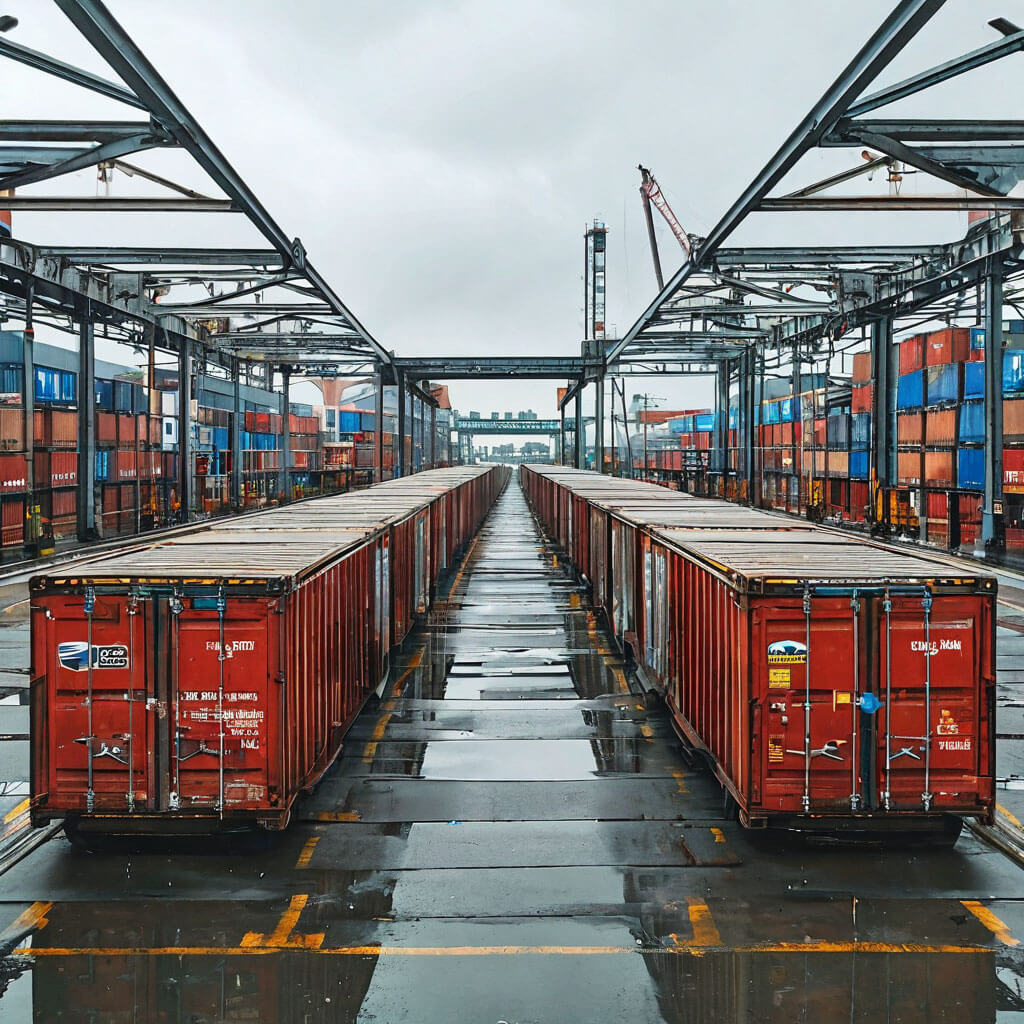What Are the Sizes of a Marine Container?


What Are the Sizes of a Marine Container?
Advantages of Marine Containers:
Marine containers are metal boxes that open for cargo. When choosing one, attention should be paid to:
• Capacity;
• Dimensions;
• Door type (location and number);
• Fastening system.
The most common container sizes for transportation are twenty-foot and forty-foot metal boxes.
Twenty-foot containers are suitable for transporting small batches of goods by small vehicles—such as vans or helicopters. They are indispensable when there is only a small amount of cargo.
Forty-foot containers are more popular because they allow transporting more goods at once. But that's not all: there is a lot of space inside, so items can be organized inside. They can also be used as storage.
Height of the Marine Container, Inside and Outside
In addition to the standard dimensions, height should also be taken into account. Based on this, containers are classified as:
- Dry Cube (standard)
- High Cube (high)
The difference is only 30 cm, but it allows transporting 30% more cargo, which is beneficial for shippers.
The internal and external height dimensions differ by 199 mm.
Marine Container Sizes in Length and Width
However, 20 and 40 feet often don't mean much to planners; it's necessary to know the container's length and width in millimeters.
Characteristics of forty-foot containers: 12,192 mm (length) and 2,438 mm (width).
As for the length of a 20-foot marine container:
- Length: 6,058 mm;
- Width: 2,438 mm.
There is also a 45-foot version, but it is used for transporting heavy, non-standard cargo, so it is rarely used in load planning.
- Safe transportation;
- Capability to transport by land, water, and air;
- Convenient storage;
- Reusable;
- Variety of shapes and sizes.

